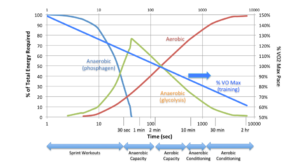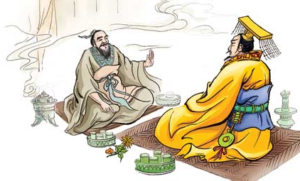Some key lessons from different Daoist texts on the approach to trauma or guilt from past actions. These emphasise harmonising with the natural flow (Dao 道), releasing attachment, and cultivating inner peace. Daoism sees light/dark, good/bad as interdependent. Past actions, even harmful ones, are part of life’s cyclical balance. The Dao is like water—it doesn’t condemn the boulder it flows around. Similarly, self-forgiveness comes from aligning with this impartial flow. Daoism’s power lies in its non-dualistic perspective—trauma isn’t an enemy to fight but a signal to rebalance. Daoism applies Wu Wei (无为) – Non-Forced Acceptance – “Letting go of resistance”: Daoism teaches that suffering often arises from clinging to regrets or trying to forcibly “fix” the past. Action through inaction: Rather than obsessively ruminating, one would observe emotions like guilt as passing clouds—acknowledging them without being dominated by them.
I. 静根 / Still Roots
《道德经·第十六章》
归根曰静,静曰复命。
“Returning to the root is called stillness;
stillness is returning to one’s nature.”
Like a tree shedding autumn’s weight,
I kneel where the river forgets its name.
No past, no future—only breath,
carving valleys in the dark.
Interpretation: Trauma disrupts our “root” (original peace). By quieting the mind (jing 静), we return to our natural state, free from past burdens.
Practical lesson: Meditation or stillness practices help detach from cyclical guilt.
The Dao De Jing also mentions this:
“The highest virtue is not virtuous; thus it has virtue.
The lowest virtue holds onto virtue; thus it has no virtue.”
(上德不德,是以有德;下德不失德,是以无德)
Interpretation: Obsessing over moral failures (“holding onto virtue”) creates more suffering. True healing comes when we release rigid self-judgment.
II. 蝶忘 / Butterfly Forgets
《庄子·齐物论》
昔者庄周梦为蝴蝶,栩栩然蝴蝶也。
“Once, Zhuang Zhou dreamed he was a butterfly—
fluttering, wholly alive.”
If I am the dream, who dreamed this pain?
A wing brushes dust from my shoulders.
The wound was never mine to keep.
Interpretation: Trauma fixes us in one “story” of ourselves. Zhuangzi playfully suggests identity is fluid—what if we could “dream” a new self, unbound by the past?
III. 空舟 / Empty Boat
《庄子·山木》
方舟而济于河,有虚船来触舟…
“If an empty boat strikes yours,
even rage dissolves.”
I name my sorrows—regret, shame—
but the river whispers:
No one is sailing them now.
Interpretation: Trauma feels personal because we cling to a “self” that was wounded. Daoist healing involves emptiness—releasing attachment to the ego’s narrative.
IV. 清静 / Clarity
《清静经》
人心好静,而欲牵之。
“The heart loves stillness,
yet desires drag it away.”
I breathe in: the mountain’s cold spine.
I breathe out: a century of fires.
The mirror clears itself.
Interpretation: Desires/regrets “pull” the mind. By cultivating stillness (qingjing), we dissolve emotional knots.
V. 自然 / Nature’s Way
《道德经·第二十三章》
道法自然。
“The Dao follows what is natural.”
Snow falls on the battlefield,
filling footprints left by the war.
Soon, even silence will melt.
Trauma, like a storm, is a temporary disruption of nature’s flow. Daoism teaches us not to fight it, but to move like water—softly reshaping the path forward.




